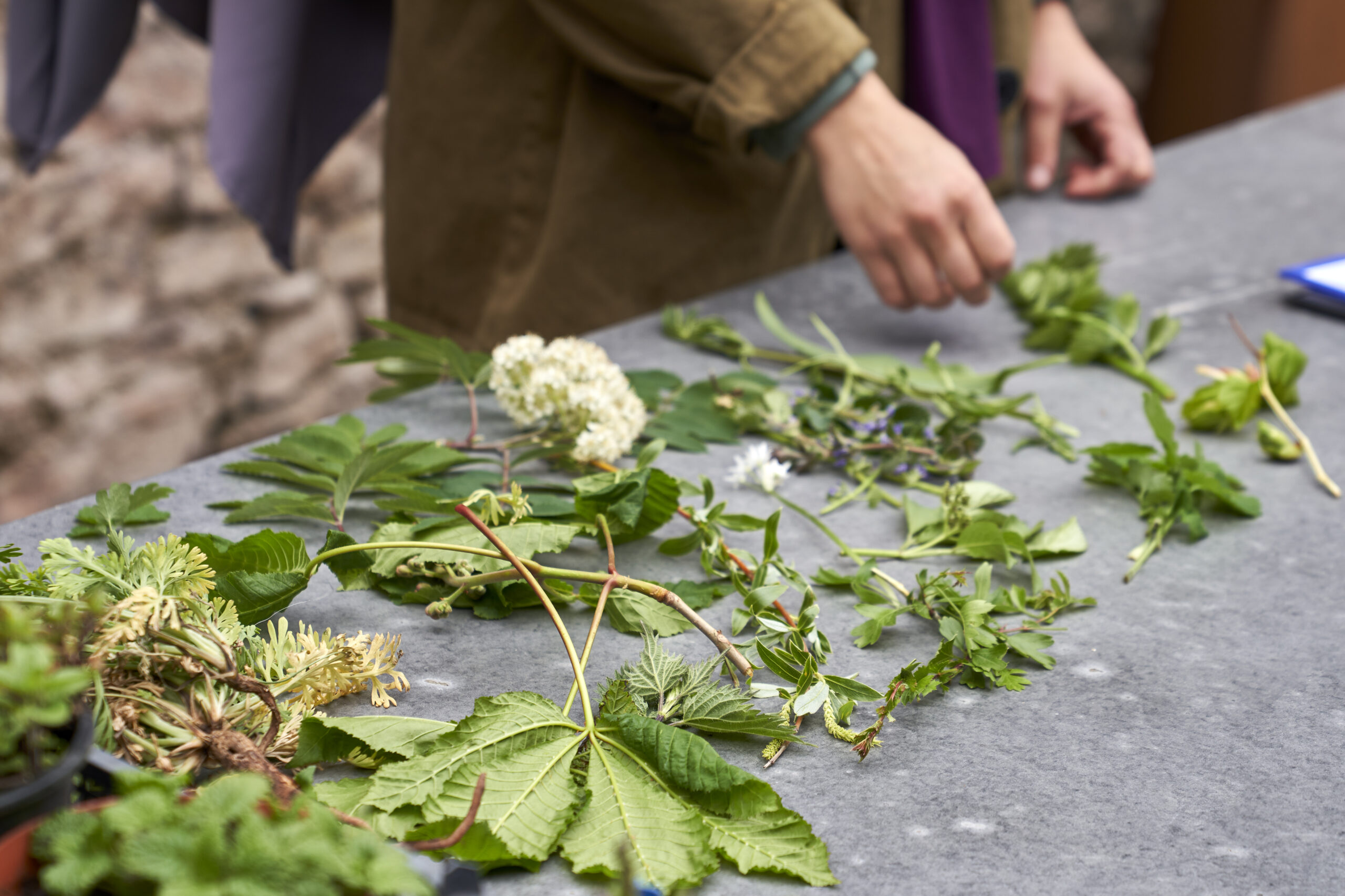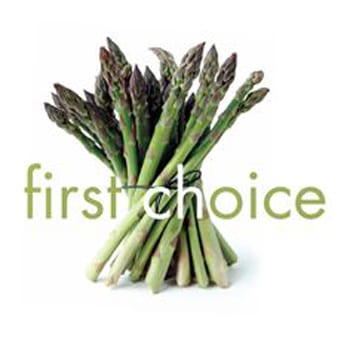Next Level Foraging
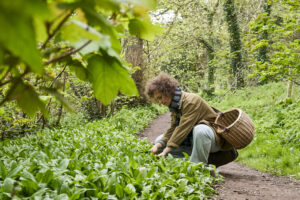
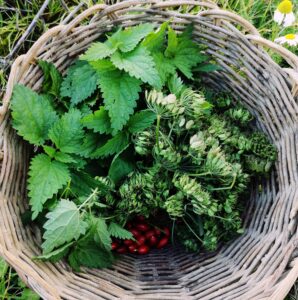
Sophia Goard and Jo Webster from Somerset-based The Peach love to forage, but that’s just the start of their preparations. Once gathered, the ingredients can be used fresh, fermented and even dried. Lucky guests, who have been invited to the Chefs’ Knowledge Launch lunch at Devon’s Bovey Castle on November 20th will get a taste of what Sophia and Jo are so excited about.
“We don’t just forage,” explained Sophia. “We are humbled by nature and see every edible plant and flower as an opportunity to nurture us in ways we have forgotten. Some of the things we forage can be eaten straight away, fresh, but others need to be fermented to bring out their best qualities and even dried to preserve them. It’s an endless cycle and our ancestors knew it intimately. Not everything is edible, but once you start to learn what can be done with nature’s larder, you start to appreciate that modern medicine is based on old-fashioned knowledge of our natural world and we can literally forage and ferment ourselves back to good health.”
“We met recently with Mark Budd, executive chef at Bovey Castle to scope out the forageables and to offer him and his team a taste of a range of ferments for the lunch,” Sophia continued.
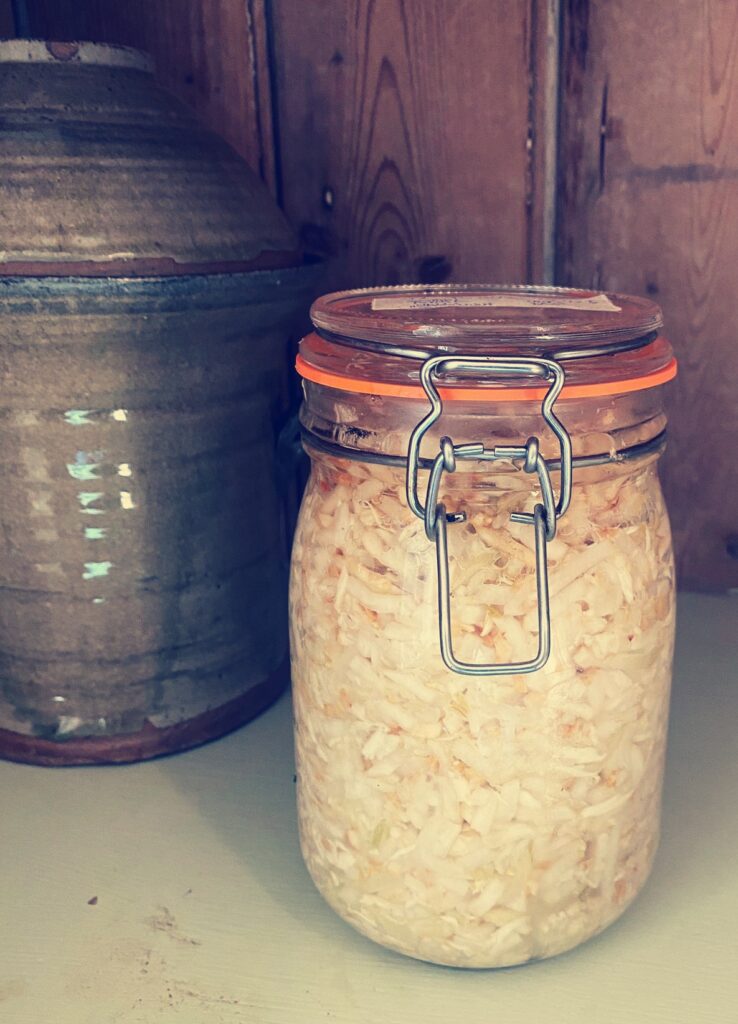 “The chefs would like to incorporate a ferment or two with some foraged ingredients and some wild greens into the lunch on the day of the launch. Mark Budd is preparing a beef dish and Jo’s Jerusalem artichoke, fennel, horseradish and chili ferment will go alongside it. Horseradish is a plant that grows in the wild in the UK, and it complements the sweetness of the artichokes beautifully. When Jerusalem chokes are fermented, they don’t create wind because some of the fibre has already been transformed by the bacteria, so that gas is released in the fermenting Kilner jar!
“The chefs would like to incorporate a ferment or two with some foraged ingredients and some wild greens into the lunch on the day of the launch. Mark Budd is preparing a beef dish and Jo’s Jerusalem artichoke, fennel, horseradish and chili ferment will go alongside it. Horseradish is a plant that grows in the wild in the UK, and it complements the sweetness of the artichokes beautifully. When Jerusalem chokes are fermented, they don’t create wind because some of the fibre has already been transformed by the bacteria, so that gas is released in the fermenting Kilner jar!
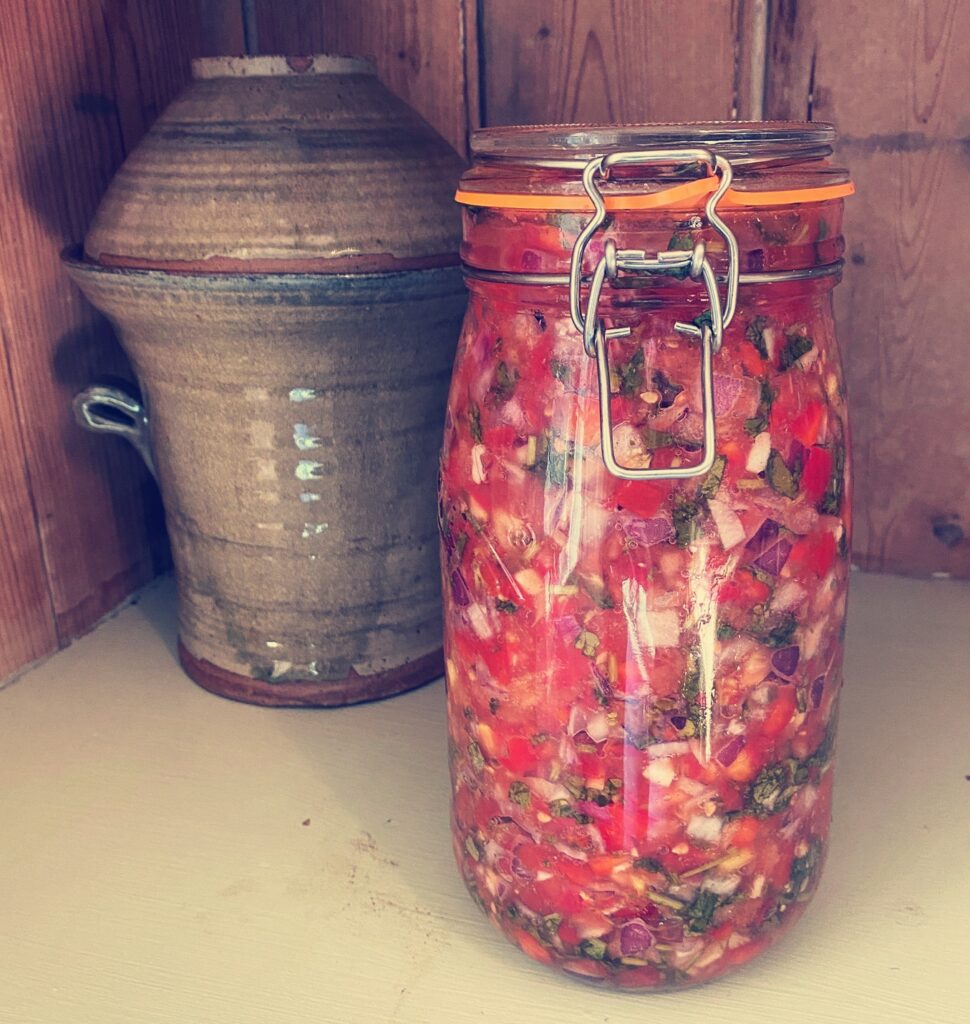 “A fermented tomato salsa with sorrel and nettle is also in design, to preserve the last of our tomato glut and to take advantage of what’s out during the Autumn. Autumn can be like a second Spring for tasty greens (as well as yielding seeds and roots).
“A fermented tomato salsa with sorrel and nettle is also in design, to preserve the last of our tomato glut and to take advantage of what’s out during the Autumn. Autumn can be like a second Spring for tasty greens (as well as yielding seeds and roots).
“Mitchell & Cooper have kindly lent us another Excalibur food dehydrator and we were very excited to increase our dehydration capacity accordingly. After harvesting the fresh material – sorrel leaves, nettle leaves, hogweed seeds – they were dehydrated to preserve them in a way that retains their flavour and enables easy incorporation into ferments.
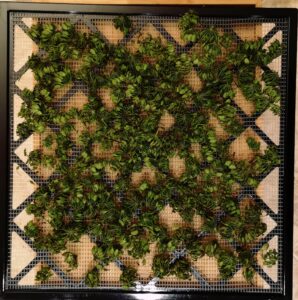
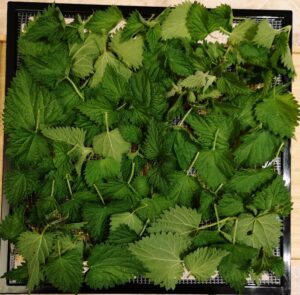
“With the Excalibur machine, drying was done at 45°C for about 8 hours. After dehydration, the material can be powdered using a grinder and stored for later use, much like the other spices we commonly turn to in our larders. The sorrel leaves, for example, retain their green-apple-skin-tartness after drying. Drying is also a good way to retain the nutrient content of the plant material. Given it is the end of the growing season and that the days will soon be too short and cold for plants to grow much, drying produce picked now is a great way to preserve the flavours of fresh shoots for the Winter months, known before industrial agriculture as ‘the hungry gap’.
For more information visit www.the-peach.org
